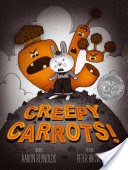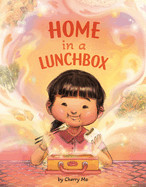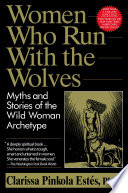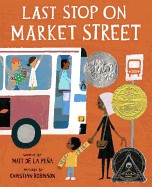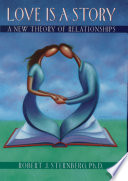I got to the end of this book only to seal the disappointment, mainly about the way the ideas are presented. I was hoping to meet more psychological theories in the book, but that‘s on me. The content could be covered in half of the pages, the presentation of different ‘stories‘ with examples, diagnosis (was this language needed?) and roles is formulaic and repetitive. 100% of the couples presented are middle class heterosexual.







